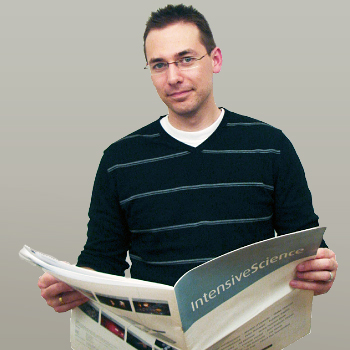人間の言語は、単語及び文法構造を利用することによって、複雑なコミュニケーションを実現するための見事な解決策を数多く生み出し、進化してきました。そして、さらに進歩を続けています。言語はオープンシステムであり、人生の経験について他者とやりとりする方法に無限の多様性を与える、独特の能力が備わっています。いかにして、これが可能となっているのでしょうか? 我々にこの言語創造性を理解することはできるのでしょうか? 私の研究では、強力な認知言語技術の開発によって、こうした疑問に答えようとしています。この技術は、オープンエンドで堅牢な言語処理の研究や、革新的な言語アプリケーションの開発、あるいは大規模な開放型の連携コミュニティでの機能、という使い方ができるでしょう。
[Keywords]
コンピューター構文文法 / ロバスト言語処理 / 言語の進化
Human languages have evolved many fascinating solutions to complex communicative problems through the use of words and grammatical structures. And they keep on evolving: language is an open system, a unique ability that brings infinite variety to the ways in which we communicate with others about our experiences in life. How is this possible? Can we understand this linguistic creativity? In my research, I try to answer these questions by developing powerful cognitive language technologies, which can be used to study open-ended and robust language processing, to explore innovative linguistic applications, and to function in large open collaborative communities.
[Keywords]
Computational Construction Grammar / Robust Language Processing / Language Evolution
